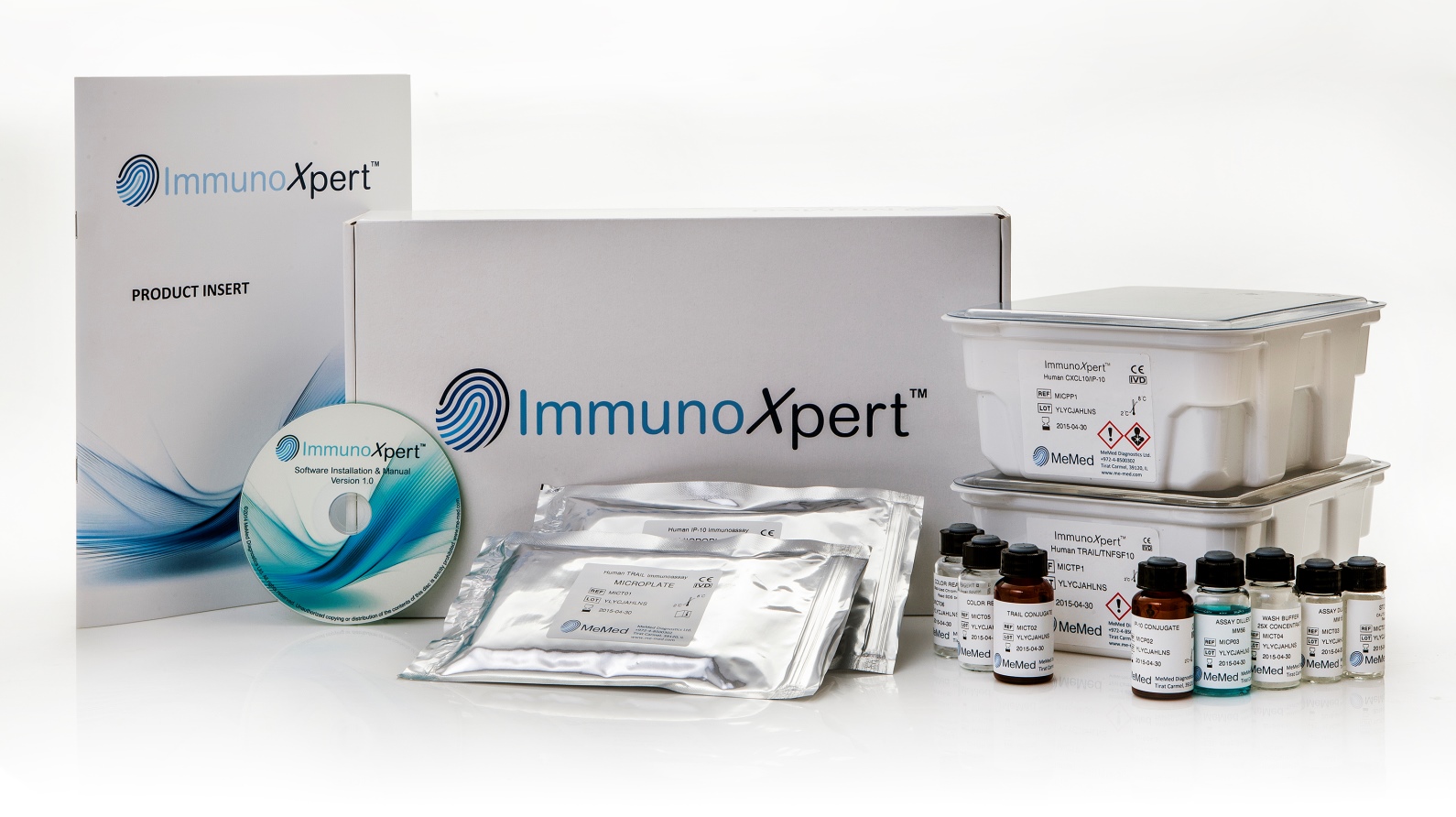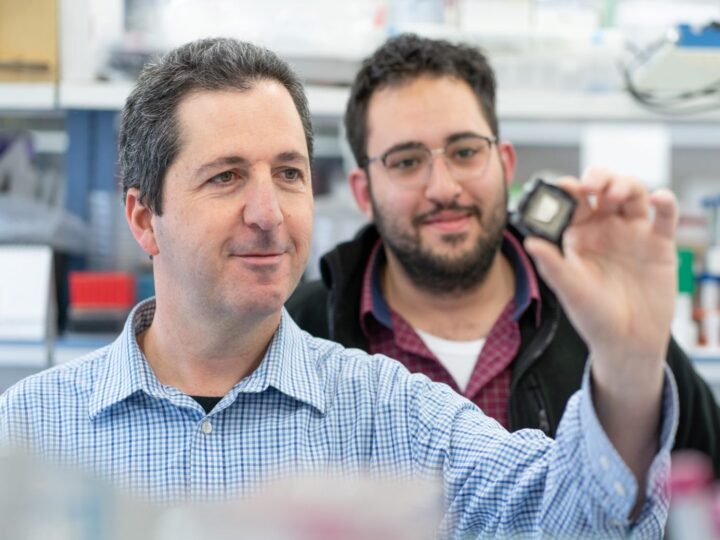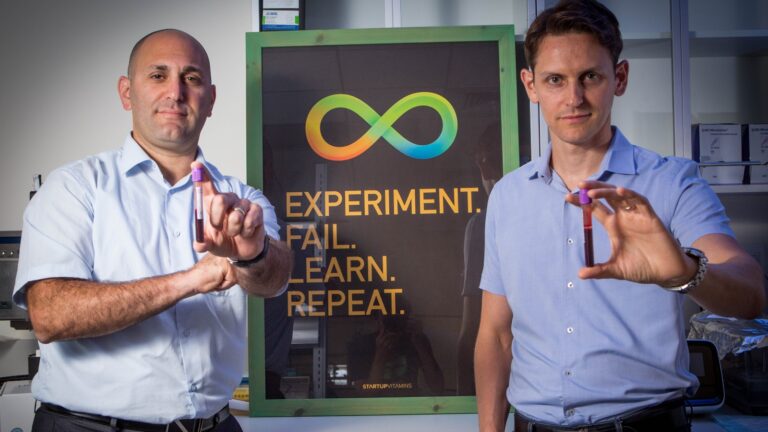Antibiotics are one of the most effective ways to treat bacterial infections. However, they have been overprescribed and misprescribed for years, leading to the development of bacterial strains that are resistant to specific antibiotics.
The World Health Organization considers this one of the biggest threats to global health because antimicrobial resistant (AMR) infections kill more than 700,000 people worldwide every year.
Israeli researchers and entrepreneurs are approaching the problem from various different perspectives. Here are 10 promising advances.
- Customized antibiotics
The SNDA-AST diagnostic system, developed in the biomedical engineering lab of Prof. Shulamit Levenberg at the Technion-Israel Institute of Technology in Haifa, enables rapid and accurate antibiotic customization for each patient.
The point-of-care system, not yet commercialized, quickly analyzes bacteria isolated from urine samples and assesses their level of resistance to specific antibiotics. This enables the doctor to choose the most effective antibiotic immediately, rather than starting treatment with broad-spectrum antibiotics – which can cause AMR and kill “good” bacteria — while awaiting lab results from traditional cultures.
- Distinguishing bacterial from viral infections

MeMed of Tirat Carmel has developed a pioneering point-of-care platform that can distinguish bacterial from viral infections. This helps doctors avoid prescribing antibiotics before knowing if the infection actually is bacterial.
ImmunoXpert, the first generation of this novel test, is in use in the European Union, Switzerland and Israel, and a broader commercial roll-out is underway. A $9.2 million contract from the Defense Threat Reduction Agency (DTRA) of the US Department of Defense will help develop an advanced version of the test that will be easier and faster to use.
On September 18, results of a major study published in the official journal of the American Academy of Pediatrics confirmed that ImmunoXpert accurately distinguishes between bacterial and viral infections in children.
- Cotton that kills bacteria
Argaman Technologies of Jerusalem recently started making CottonX, described as the world’s first bio-inhibitive all-cotton fabric, embedded permanently with accelerated copper oxide to which bacteria cannot become resistant. CottonX has been shown to kill 99.9% of microbes (bacteria, viruses and fungi) in seconds and is being used to make hotel bedding and towels, uniforms, disposable and reusable face masks and other medical, military and consumer products. The process also makes textiles fire-resistant, conductive and able to smooth skin wrinkles.
- Engineered delivery
Infecting antibiotic-resistant bacteria with tiny viruses called bacteriophages has long been understood as a potentially effective weapon.
A breakthrough patent-pending technology from the lab of Tel Aviv University Prof. Udi Qimron facilitates the delivery of genetically engineered bacteriophages into a wide range of drug-resistant bacteria, rendering them sensitive to antibiotics.
The team also designed hybrid nanoparticles from different bacteriophages, which can recognize new strains of bacteria.
In 2011, Qimron and a TAU colleague formulated a powerful cleaning solution for hospitals, fortified with genetically engineered bacteriophages. In 2014, they successfully isolated a protein made by a bacteriophage, which could help in the development of a substitute for conventional antibiotics.
- Viruses vs. bacteria
A research team led by Dr. Ronen Hazan from the Institute of Dental Sciences at the Hebrew University and Dr. Nurit Beyth from the Hebrew University-Hadassah School of Dental Medicine isolated a particular bacteriophage found to be effective in preventing infections following root-canal procedures.
The same bacteriophage could also work against urinary-tract infections, meningitis and endocarditis stemming from E. faecalis bacteria, which normally reside in the gastrointestinal tract and are resistant to the common antibiotic vancomycin.
- How long can bacteria wait out antibiotics?
A simple new method for measuring the time it takes to kill a bacterial population could improve the ability to wipe out “tolerant” bacterial strains that survive antibiotics for a long time as they become resistant.
“Routinely measuring tolerance could supply valuable information about the duration of antibiotic treatments, reducing the chance of both under- and over-treatment,” said researcher Nathalie Balaban of the Hebrew University of Jerusalem.
This method could enable microbiology labs to classify bacterial strains as tolerant, resistant or persistent, helping to guide treatment decisions, added Balaban. “Understanding tolerance and finding a way to combat it could significantly reduce the ever-growing risk of resistance.”
In 2014, Balaban and Prof. Gadi Glaser discovered the mechanism by which persistent bacteria (as opposed to tolerant or resistant) survive antibiotics by going into a dormant state.
- Antibiotic alternative
Research from the lab of Assistant Prof. Oded Lewinson, from the Technion’s medical school, shows that low-concentration combinations of metals and organic acids could provide an effective alternative to antibiotics for people and plants.
Lewinson and his team found that the combination is extremely effective in eradicating pathogenic bacteria such as cholera, salmonella, and pseudomonas, as well as bacteria that attack crops such as tomatoes, melons and apples.
- A smarter antibiotic
A Technion research team led by Assistant Prof. Meytal Landau discovered unique amyloid fibrils through which the pathogenic and highly drug-resistant Staphylococcus aureus bacterium attacks human cells and the immune system.
This discovery could enable the development of antibiotics with a novel mechanism of action to inhibit amyloid formation.
Staphylococcus aureus is one of the most common causes of hospital-acquired infections. In the US alone, approximately 500,000 patients at hospitals contract a staph infection.
- Bacteria-resistant fabrics, surfaces
Nano Textile of Ramat Gan is developing a patented ultrasonic method of permanently embedding antibacterial zinc-oxide nanoparticles onto textiles and surfaces including glass, plastics, composites and metals. The company is seeking a strategic partner to develop the machinery in time to debut at the June 2019 ITMA Textile & Garment Technology Exhibition in Barcelona. Odor-resistant active wear, underwear, children’s wear, workwear, hotel linens and upholstery for public transportation are planned. The technology also gives treated substances UV protection, water and flame resistance and other properties.
- Antibacterial food packaging
NanoPack, a consortium of 18 leading industrial and research institutes across Europe, led by the Technion-Israel Institute of Technology in Haifa, this year received an EU grant of €7.7 million to develop a novel polymer-based antimicrobial food packaging solution. Technion Assistant Prof. Ester Segal, NanoPack’s coordinator, said the three-year project “will enhance food safety for consumers by significant growth inhibition of food-borne microbes, which in turn will prevent food-borne illness outbreaks and early spoilage.”

















